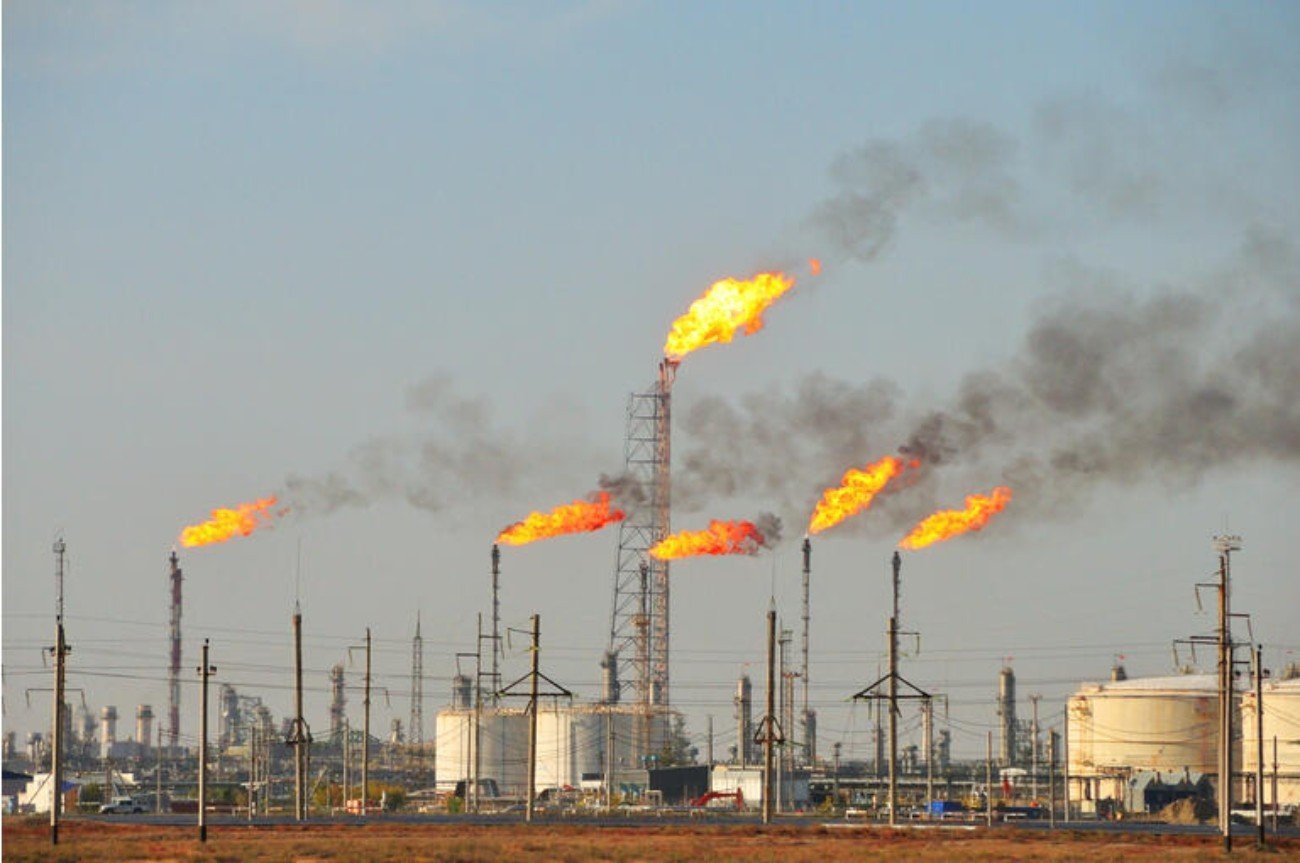The United States’ recent natural gas boom hasn’t come without its repercussions. Behind the scenes of record export numbers and other successes, the environment has been paying for this economic victory.
In 2016, the U.S. hadn’t even dreamt of entering the natural gas scene. But now, she has leapfrogged every big player to become the world’s largest exporter. In 2022, the U.S. sold over 10.6 billion cubic feet per day (bcf/d), rivaling the big guns such as Qatar and Australia much to the shock of natural gas stakeholders.
2023 was the nation’s biggest year, as its exports soared to 12 bcf/d to seal the top spot. But we’ve not seen her best year yet; exports are expected to reach at least 13.3 bcf/d in 2024. But all these are at a huge cost.
As the scale of LNG production increases, environmental stakeholders get even more concerned. Activities around this new booming sector provide a frightening threat to years of environmental protection efforts.
The production of Liquified Natural Gas releases pollutants such as methane and carbon monoxide into the atmosphere. These gasses heat up the planet and contribute to the dreaded global warming phenomenon.
Across the coastal plains, marshlands, and swamps of the Gulf Coast States of Louisiana and Texas, gigantic plants litter around. Massive pipes flare gas as fire flames and large masses of dark dense smoke. Plus, there are many more expanses of coastal lands mapped out for the latecomers.
Aside from the hazardous ecological impacts, these natural gasses release notorious cancer-causing organic compounds into the air. Though regrettable, this occurrence is pretty inevitable.
Natural gas has to be liquified, that is, turned into liquid form. Liquefaction of the gas shrinks its size to around 1/600th of its original volume. This liquified state provides more efficiency and safety in its transportation and storage.
To achieve this, the gas has to be super-cooled to about -260 Fahrenheit. In the process, carcinogens are released. LNG also requires lots of energy both in its extraction and transportation. This heavy energy investment further contributes to a warming of the environment.
The refining process involves heavy infrastructure. These include massive coiled steel pipes that cover thousands of feet, towering cylindrical storage tanks, and the smoke-expelling flare stacks we’ve previously talked about. Lest we forget, there are also long pipes for expelling wastes into the sea.
Beyond the allure of employment opportunities and commercial boom, residents of surrounding areas are bearing the brunt of these processing plants.
Residents complain of threats to aquatic life and fishing activities, plus noise and light pollution. “Right away you had black smoke, alarms going off at the plant, and flares going constantly,” a resident said.
Environmental activists have also waded into the situation. According to Elizabeth Calderon, EarthJustice lawyer, “It’s not just that each of these facilities is like a giant death star on sinking land; it’s that there’s so many of them.”
The Environmental Protection Agency has recently received damning petitions from environmental protection organizations. These petitions claim that regulators have issued illegal licenses to operators.
The outcomes of these petitions remain to be seen. However, the ultimate prayer of every environmental activist is an economy with zero reliance on nonrenewable energy such as natural gas.











































